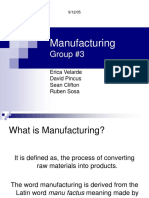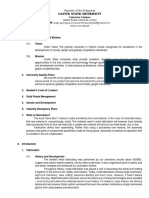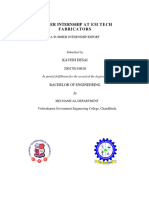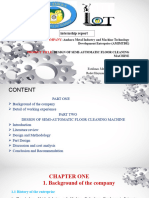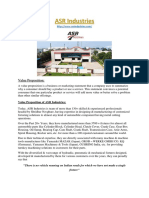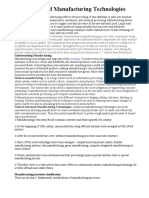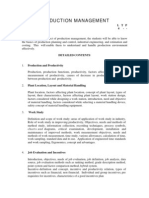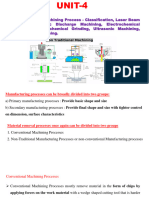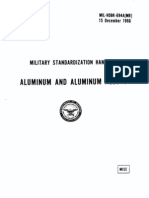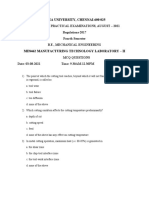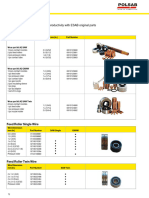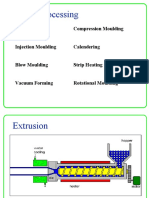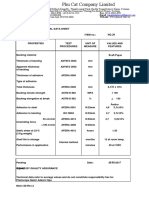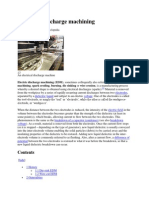0% found this document useful (0 votes)
64 views32 pagesDepartment of Mechanical Engineering Rps Group of Institutions, Satnali Road, Mahendragarh, (Haryana)
The document is a summer industrial training report submitted by Pankaj Kumar to his professor Anil Punia. It summarizes Pankaj Kumar's training at Lifelong India Pvt. Ltd., which is involved in plastic injection molding, aluminum die casting, and manufacturing multiple commodity parts and assemblies. It describes the technologies used by the company, including research and development (R&D), a tool room with various machines like lathes and mills, and a test lab.
Uploaded by
devraj solankiCopyright
© © All Rights Reserved
We take content rights seriously. If you suspect this is your content, claim it here.
Available Formats
Download as DOCX, PDF, TXT or read online on Scribd
0% found this document useful (0 votes)
64 views32 pagesDepartment of Mechanical Engineering Rps Group of Institutions, Satnali Road, Mahendragarh, (Haryana)
The document is a summer industrial training report submitted by Pankaj Kumar to his professor Anil Punia. It summarizes Pankaj Kumar's training at Lifelong India Pvt. Ltd., which is involved in plastic injection molding, aluminum die casting, and manufacturing multiple commodity parts and assemblies. It describes the technologies used by the company, including research and development (R&D), a tool room with various machines like lathes and mills, and a test lab.
Uploaded by
devraj solankiCopyright
© © All Rights Reserved
We take content rights seriously. If you suspect this is your content, claim it here.
Available Formats
Download as DOCX, PDF, TXT or read online on Scribd
/ 32




